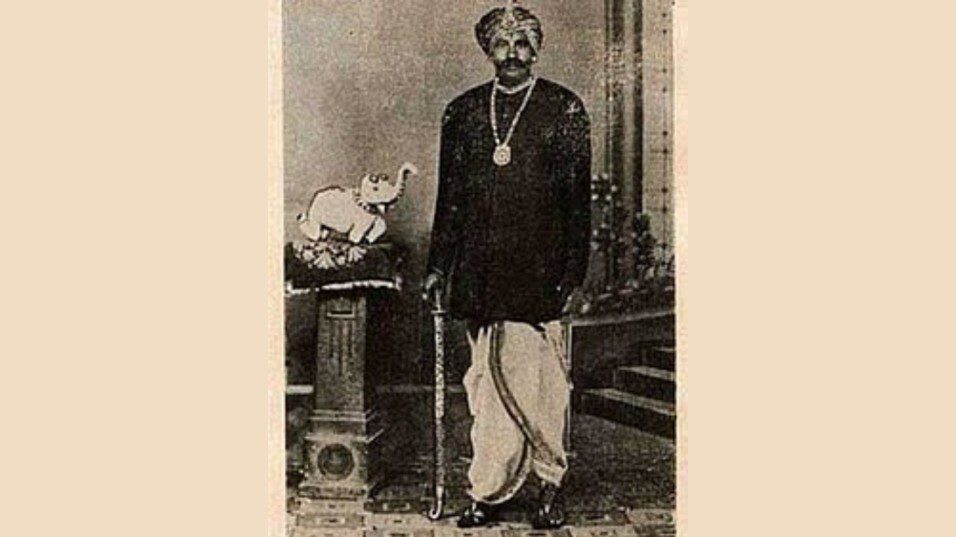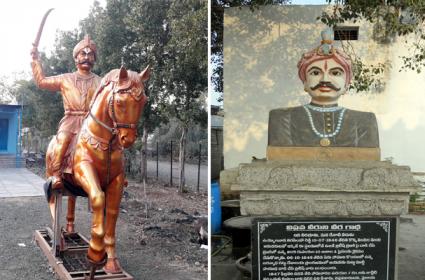Uyyalawada Narasimha Reddy: The Unsung Hero Of Andhra Pradesh


Uyyalawada Narasimha Reddy was born in the early 1800s to a family of local chieftains (Zamindari) on the banks of the Kundi River in the current Kurnool district.
Uyyalawada Narasimha Reddy India’s earliest known freedom warriors
Reddy commanded 66 villages and a force of 2000 men. However, he felt powerless to stop the crimes committed by EIC (East India Company) officials. The agony his people endured because of colonisation was unbearable for Narasimha Reddy.
After the Nizam surrendered the Rayalaseema territory to the British, Reddy refused to pay taxes to the British directly. He raided the treasury in Koilakuntla on June 10, 1846, and marched towards Kambham, Andhra Pradesh (Prakasam District). On the way, he killed a forest ranger in Rudravaram. As a result, then-Collector Thomas Monroe issued an arrest warrant against him. The EIC also announced a cash prize of Rs. 5000–10,000 to anyone who kills Narasimha Reddy.
On July 23, 1846, Reddy and his army launched a strong attack on the British forces camped at Giddaluru. Reddy’s army defeated the Britishers. To take revenge, the British imprisoned his family in Kadapa under false charges. Narasimha Reddy fled to the Nallamalaforest to save his family. After saving his family, he returned to Koilkuntla.

Reddy then hid in Jagannatha Konda away from the British eyes. However, Reddy was captured in the middle of the night on October 6, 1846. As a result of a tip-off, the British army swooned in to nab Reddy and his followers.
The EIC bound him with tight fetters and paraded him through the streets of Koilkuntla. In front of his people in blood-stained garments, he walked as a warning sign to the common man. Nearly 112 of Reddy’s followers faced prison time.
Narasimha Reddy was charged with insurrection, murder, and being a dacoit. He was found guilty of all the above charges. On the 22nd of February 1847, he was publicly hanged on the banks of a neighbouring river.
From 1847 to 1877, his head was displayed on the fort wall in full public view. This was to instil fear among the masses and to prevent any other insurrection against the British.
It’s unfortunate that Uyyalawada Narasimha Reddy, a patriot, was labelled a murderer and robber before he was brutally executed by the British.
Reddy’s rebellion against the British occurred ten years before India’s first war of independence in 1857.
The remnants of the fort at Kotthakota, near Giddalur, have preserved the traces of the early events. There are plans to create a statue in Reddy’s honour. The government of India also intends to incorporate his brave narrative into school textbooks.
